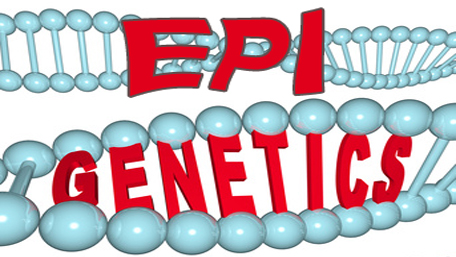
11/10/2021
Hot Topics of the Day are picked by experts to capture the latest information and publications on public health genomics and precision health for various diseases and health topics. Sources include published scientific literature, reviews, blogs and popular press articles.
Sign up MyPHGKB to receive the daily hot topic email alert.
Archived Hot Topics of the Day By Date
Association between maternal depression during pregnancy and newborn DNA methylation
E Drzymalla et al, Trans Psychiatry, November 9, 2021
Third dose vaccine With BNT162b2 and its response on Long COVID after Breakthrough infections
A Hoque et al, MEDRXIV, November 9, 2021
Waning of SARS-CoV-2 antibodies targeting the Spike protein in individuals post second dose of ChAdOx1 and BNT162b2 COVID-19 vaccines and risk of breakthrough infections: analysis of the Virus Watch community cohort.
RA Aldrige et al, MEDRXIV, November 9, 2021
Regional and temporal variations affect the accuracy of variant-specific SARS-CoV-2 PCR assays
C Oh et al, MEDRXIV, November 9, 2021
Patient trajectories among hospitalised COVID-19 patients vaccinated with an mRNA vaccine in Norway: a register-based cohort study
R Whittaker et al, MEDRXIV, November 9, 2021
Safety Assessment of BNT162b2 Vaccine in Adolescents Aged 12-15 Years
J Patel et al, MEDRXIV, November 9, 2021
Understanding COVID-19 trajectories from a nationwide linked electronic health record cohort of 56 million people: phenotypes, severity, waves & vaccination
JH Thygesen et al, MEDRXIV, November 9, 2021
Neutralisation of SARS-CoV-2 Delta sub-lineage AY.4.2 and B.1.617.2+E484K by BNT162b2 mRNA vaccine-elicited sera
R Lassauniere et al, MEDRXIV, November 9, 2021
Waning, Boosting and a Path to Endemicity for SARS-CoV-2.
MJ Keeling et al, MEDRXIV, November 9, 2021
T cell and antibody responses to first BNT162b2 vaccine dose in previously infected and SARS-CoV-2-naive UK health-care workers: a multicentre prospective cohort study
A Angyal et al, The Lancet Microbe, November 9, 2021
The Possibility of COVID-19 after Vaccination: Breakthrough Infections
CDC, November 2021

Disclaimer: Articles listed in Hot Topics of the Day are selected by Public Health Genomics Branch to provide current awareness of the scientific literature and news. Inclusion in the update does not necessarily represent the views of the Centers for Disease Control and Prevention nor does it imply endorsement of the article's methods or findings. CDC and DHHS assume no responsibility for the factual accuracy of the items presented. The selection, omission, or content of items does not imply any endorsement or other position taken by CDC or DHHS. Opinion, findings and conclusions expressed by the original authors of items included in the Clips, or persons quoted therein, are strictly their own and are in no way meant to represent the opinion or views of CDC or DHHS. References to publications, news sources, and non-CDC Websites are provided solely for informational purposes and do not imply endorsement by CDC or DHHS.
- Page last reviewed:Feb 1, 2024
- Page last updated:Apr 19, 2024
- Content source:



